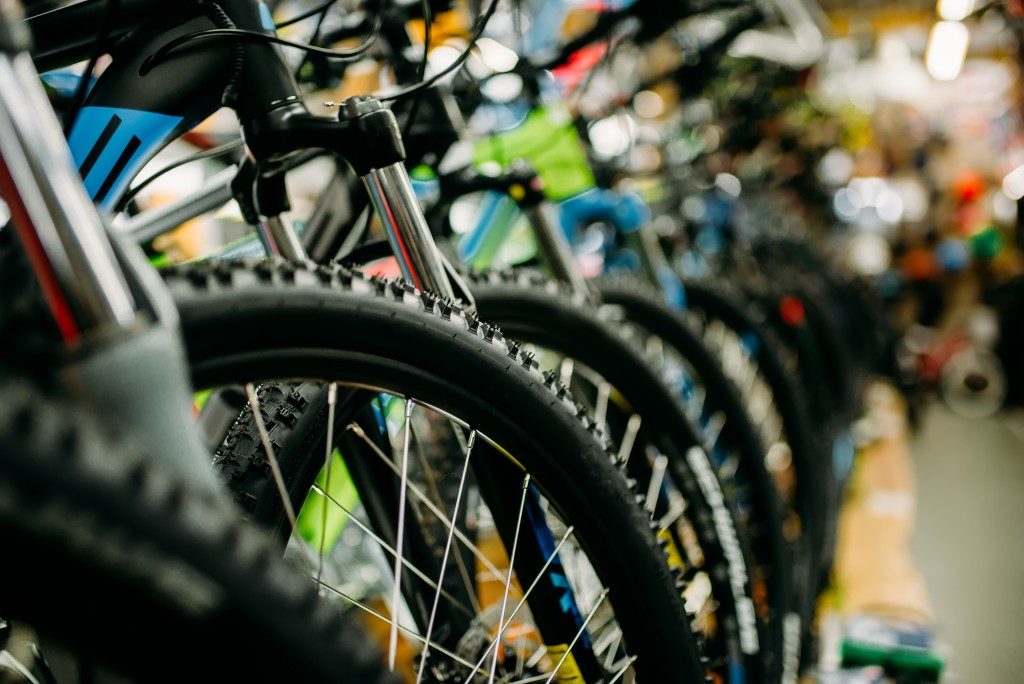Bicycle touring has gained popularity in recent years, attracting people from all walks of life. It offers a number of advantages including health benefits, a unique experience and also a sense of accomplishment. As with any other sport, there are challenges that come with it. But, with the right gear, ample training and proper knowledge, the challenges will be fewer and further between. Besides, there will be people to help you along the way, like marshalls and safety wardens who will be easy to spot in their first-aid vests made of high visibility material.
So, you’ve just booked your first bike tour. You have trained yourself physically and mentally to take on whatever obstacles you may face on the trip. Before you sit back and simply wait for the day of your adventure, it is also important to consider the appropriate gear and essentials to take with you.
What to Take on a Bicycle Tour?
Getting the gear right will ensure you get to complete the tour at a relaxed pace.
Clothing
Clothes should be lightweight, versatile and appropriate for the expected weather conditions during the tour. A lot of riders wear comfortable long sleeved synthetic shirts to protect them from the sun’s rays. Cycling gloves are highly recommended. They not only help you with your grip, but they also protect your hands from the sun.
Layering is the ticket when the temperature starts to drop during the ride. Another essential investment is a good quality wet weather gear. This is especially helpful when the weather starts looking threatening.
A sturdy helmet, padded cycling shorts, tights and reflectorized safety gear like a high-vis tabard are other clothing necessities.The right cycling shoes are also a must. A lot of riders experience slight swelling on their feet when riding; properly-fitted shoes should allow free movement of toes, yet also have stiff soles to increase pedaling efficiency.
Another clothing consideration is a bike jersey with a number of pockets on the back. It is both comfortable and convenient as you can hold everything from money to your phone and even energy snacks in the pockets.

Panniers
Ideally, your bike will be most stable if you put at least 60% of the weight on the front panniers, while the rest on the back. Tools, fuel bottles, spare bike parts and the like usually go in front. Light and bulky items, like clothing, go to the rear end. Some cyclists however prefer the reverse. The most effective way to find the best handling results for your bike is to experiment with your own weight distribution.
The most important thing when packing your pannier is to organise and categorise. The last thing that you want is, for example, to have to rifle through your bag to get to your rain gear if it suddenly starts to pour. You can use multi-colored bags and zip locks to efficiently organize your gear. Label these bags for better identification.
Keep in mind that you should not over pack your panniers. Instead, leave extra room for items, such as extra food or a souvenir, picked up en route.
Bulky Items
Not everything goes inside the panniers. A tent, for instance, is usually strapped on the back rack, resting on top of the rear bags. Extra food and sleeping mats are also carried outside of the panniers. Make sure to weatherproof these outside items. Invest in a dry bag so you won’t have to suffer a soggy blanket or a damp change of clothing.
Whether you are on your tenth bike tour or your first one, it is important to always be geared up and ready. Adequate preparation is essential to making your riding experience an enjoyable and memorable one. Check on your clothing and packing essentials before you leave.

